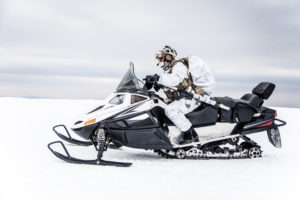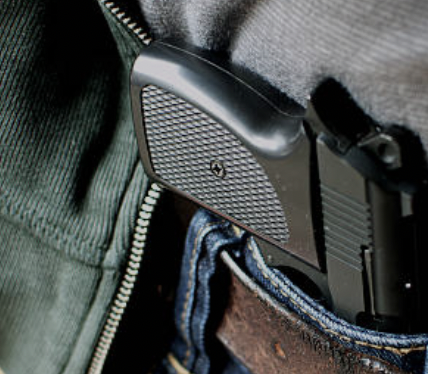Safety practices:
SVI media spoke with Star Valley Search and Rescue Commander, Cory Hepworth and lead trainer, Matt McMurdo, this week about snowmobile safety. Hepworth leads a crew of 45-50 volunteers who complete between 30 and 35 rescue missions each year, ranging from a few hours, many 24 to 48 hours, and some as long as 10 to 12 days.
Hepworth emphasized the first and most important thing, regardless of the time of year or specific outdoor activity, is to tell somebody where you’re going and when you’re going to be back. And then don’t deviate from that plan.
He said, “And then in this time of year for snowmobiling, I would be looking at https://www.jhavalanche.org/, website for Bridger-Teton Avalanche Center. The site categorizes the safety or warning levels as low (green), moderate (yellow), considerable (orange), red (high), and black (extreme).
Asked where he would draw the line for riders to seriously consider not going out, Hepworth said, “It would be right when it reaches the considerable range. The other thing that needs to play into your decision whether to go or not is the description at the bottom of the page, and it’s essential you consider the steepness of the terrain.”
The steeper the terrain, the easier it is for the snow to break loose and slide. With slopes of more than 30 degrees, avalanches are possible. They occur more frequently in between 30 and 50 degrees though. They can also occur below 30 degrees, but those are rare.
Ironically, most snowmobilers who are killed, die when the warnings are moderate and considerable, not the more extreme ranges. Riders seem to believe it’s not worth the risk in those higher-risk ranges.
“A lot of people, and I used to be one of them, think, ‘It will never happen to me.’ It happens to other people, rather than us 10-foot tall bulletproof people, Hepworth chuckled. “I like having fun just as much as the next guy. But as I’ve gotten older, I tend to risk a little bit less.”
Hepworth also emphasized being alert, watching for signs of cracks in the snow and listening to sounds. He recounted one instance when riding where he and his fellow rider heard, over the sound of their sleds, a loud whoof as the snow collapsed near them. He said, “Another of the other signs is shooting cracks will be out in front of you, a definite sign that the snow is mobile, will move, or is going to move. You need to get off that hill as quickly as possible.”
Another crucial tip Commander Hepworth shared is to ride in a group, the more experienced the riders, the better. “You gain experience every time you’re running. Absolutely. It’s the same way with anything you do in the backcountry or anything you do in life. The more you do it, the better you get at it.”

Essentially, lower layers of snow fall, freeze, and create a slippery ice under-layer that Hepworth compares to marbles. “And then if we get a cold night, you might get to three or four inches of the crystal layers, that kind of act like marbles. And then you get a warm snow come and you have four inches of heavy wet snow on top. It’s going to change that snowpack into extreme avalanche danger, because that heavier snow is now sitting on marbles.
Hepworth noted, “That snowpack is changing hour to hour, day to day, week to week. It’s constantly changing. Right now we have an unstable snowpack.” It’s helpful to know if a hill slides all the time or if it has never had an avalanche. Knowledge of local terrain can be life saving.
Another crucial tip Hepworth shared is to send one rider at a time on a slope. “You want all eyes on him marking where his line would be if the slope does break. You try to mark where he lands and cut down the search area if the slope slides.Your buddies are going to be the ones that save your life if you’re caught in an avalanche.
Hepworth also emphasized to make sure that your group is wearing gear that’s going to save your life and that you’re wearing gear that will save his. “The brutal truth is if Search and Rescue comes out to help, the rider is probably going home in a body bag.”
Upcoming Training Session:
Star Valley Search and Rescue will be hosting a snowmobile safety training session on Feb. 5 and 6 to train riders on how to ride safely. The in-class training session on Feb. 5 will be at 6:30 p.m. at the old National Guard Armory at 350 East Sixth Avenue.
Feb 6, participants will travel to the Smith’s Fork trailhead and then on to Poker Flats for a hands-on training––practicing using safety gear like beacons, probes and strategic shoveling. You can get more information by calling Star Valley Search and Rescue at 307-886-9026.





